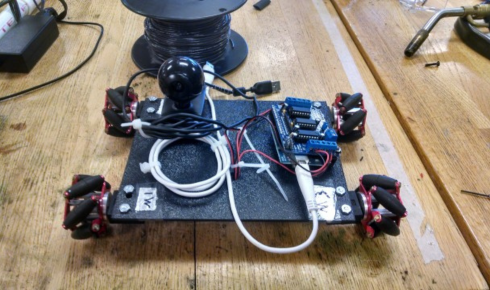
Science fairs are an exciting platform for students to showcase their creativity, problem-solving skills, and scientific knowledge. One of the most engaging ways to impress judges and audiences is by incorporating modern technology into science fair projects. Among the most popular and versatile tools for such projects is the PIR motion sensor, a device that detects movement using infrared technology. Integrating this sensor into experiments not only demonstrates practical applications of electronics but also sparks curiosity in learners about automation and security systems.
A PIR motion sensor, short for Passive Infrared sensor, detects changes in infrared radiation caused by moving objects, particularly warm bodies like humans or animals. This makes it ideal for projects related to security alarms, automated lighting systems, or interactive gadgets. Students can use a PIR sensor to create simple yet effective science fair projects that are both educational and impressive. By combining theoretical knowledge with hands-on experimentation, learners gain a better understanding of electronics, physics, and programming.
When designing a science fair project using a pir motion sensor, it is important to first define the project’s objective. For beginners, simple applications such as a motion-activated light or alarm system are highly recommended. These projects involve basic components like a microcontroller, LEDs, buzzers, and the PIR sensor itself. The goal is to detect motion and trigger a response, teaching students about sensors, circuits, and logical operations in an easy-to-understand manner.
More advanced students can take it a step further by integrating PIR motion sensors into robotic systems or home automation projects. For example, a robot can be programmed to follow a moving object detected by the sensor, or a room’s lighting system can automatically turn on and off based on motion detection. Such projects demonstrate practical applications in everyday life and provide insights into how automation and smart technologies function. These applications make the project highly relevant, relatable, and engaging for both the student and the audience.
Documentation is a key aspect of any science fair project. Students should maintain a detailed log of their experiment, including objectives, materials used, circuit diagrams, procedures, results, and conclusions. Visual representation through diagrams, photos, or even short videos can enhance the presentation, helping judges understand the concept and functionality of the project quickly. Additionally, highlighting real-world applications of PIR motion sensors can make the project more impressive and show practical relevance.
Safety should always be considered when working with electronics and sensors. Even though PIR motion sensor projects are relatively safe, students should handle all electrical components carefully, avoid short circuits, and follow standard safety precautions. Teachers and mentors can guide students to ensure that the experiment is conducted in a controlled and secure environment.
One of the biggest advantages of using PIR motion sensors in science fair projects is that they encourage creativity and innovation. Students can explore multiple applications such as automated doors, smart lighting systems, intruder alerts, and even energy-saving devices. The flexibility of the sensor allows learners to customize their projects according to their interests and skill levels, making it a versatile choice for science fairs.
In conclusion, incorporating a PIR motion sensor into your science fair projects provides an engaging and educational experience. These projects combine hands-on learning with modern technology, helping students understand electronics, programming, and automation. Whether it’s a simple motion-activated light or a complex robotic system, such projects are sure to captivate the audience and demonstrate a strong understanding of scientific principles. By embracing innovation and creativity, students can make their science fair experience both memorable and highly rewarding.


